
China Delays Critical Ring Road Expansion Project, Creating Uncertainty and Hindering Progress in Nepal
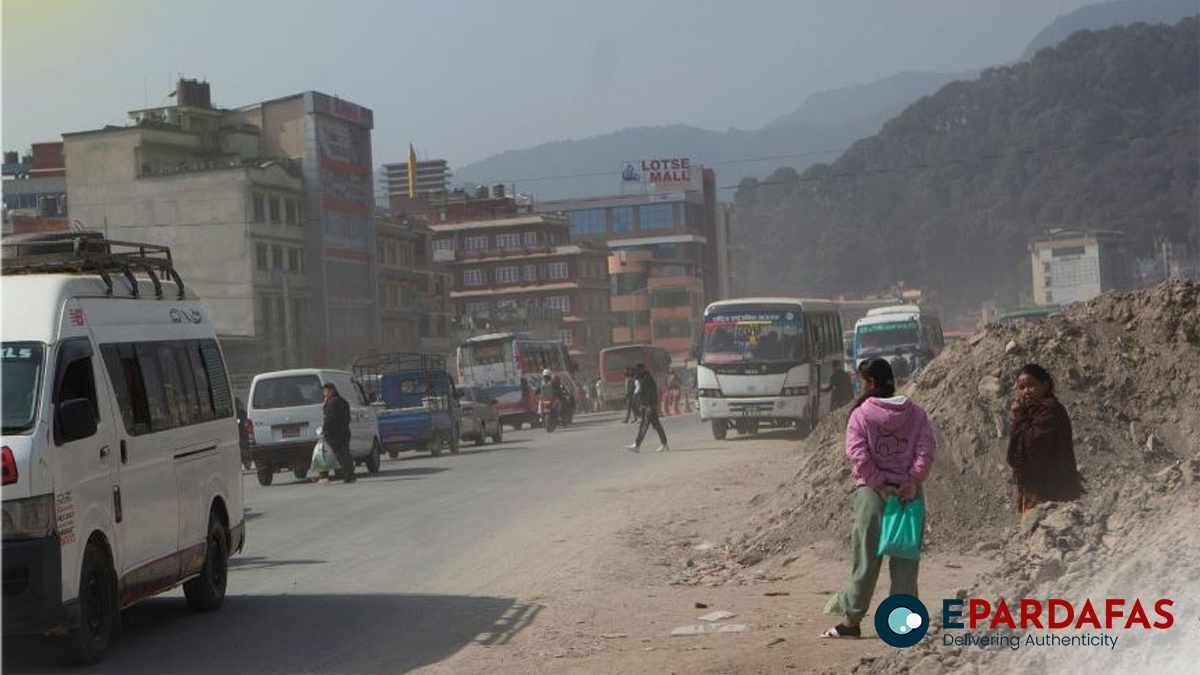
In a significant setback to the Kalanki Maharajgunj road expansion project, the second phase under the Kathmandu Ring Road Improvement Plan faces prolonged delays as the Chinese team responsible for the study has yet to arrive. This delay has raised concerns over the project’s timeline and has led to a stagnation of progress, leaving the road department in a state of frustration.
Krishnanath Ojha, the Senior Divisional Engineer and head of the Kathmandu Ring Road Improvement Plan, expressed his dismay at the lack of forward movement. Despite completing the ‘site clear’ work for the designated road section, Ojha emphasized that the actual construction could not commence until the Chinese team arrives and finalizes the road design.
“The work has slowed down considerably, with minimal progress. The site has been cleared, but we cannot initiate the construction until the Chinese team is on site,” Ojha lamented, highlighting the dependency on the foreign team for the project to proceed.
The situation is further complicated by contradictory statements from the Chinese team. Initially, they insisted on not starting work until the site was cleared, prompting the road department to take measures such as removing electric poles, wires, 11 KV voltage feeders, and transmitters along the roads. However, the lack of a definitive timeline for the Chinese team’s arrival has created uncertainty and impeded the project’s advancement.
Amid this bureaucratic quagmire, questions loom over the fate of the Buddha statue in front of Swayambhu as the ring road expansion encroaches upon its surroundings. Jha, the head of the Kathmandu Ring Road Improvement Project, disclosed that the decision regarding the statues would only be made after the Chinese team conducts a study and finalizes the road design.
“The decision on what to do with the statues in front of Swayambhu will be determined once the Chinese team conducts a study and prepares the design for the road extension,” said Ojha, further complicating the matter by introducing an additional layer of uncertainty to the community.
Moreover, the design proposed by the Chinese team will reportedly dictate whether an underpass, a sky bridge, or a divider in the middle of the road will be constructed. This has sparked concerns among the local population about the potential impact on the cultural and historical significance of the area, raising questions about the thoroughness and cultural sensitivity of the Chinese team’s approach.
It’s worth noting that the previous track record of Chinese involvement in the expansion project, specifically the Koteshwar-Kalanki section, had been marred by delays and controversies. While the Chinese government had handed over the 10.5 km eight-lane section in January 2019, the construction had taken a staggering five years at the cost of Rs5.13 billion.
In light of these setbacks, the road department and the people of Nepal are left grappling with uncertainty, delays, and concerns about the preservation of cultural heritage. The prolonged wait for the Chinese team and the potential ramifications on local landmarks have fueled frustration and skepticism, casting a shadow over the credibility and efficiency of China’s involvement in Nepal’s infrastructure development.
- Government Committed to Boosting Economy Through Private Sector Cooperation: Minister Bhandari
- National Information Commission Submits Annual Report to PM Oli
- Varun Beverages Nepal Recognized for Highest Contribution to Social Security Fund
- Health Minister Stresses Efficient Resource Utilization at National Review Meeting
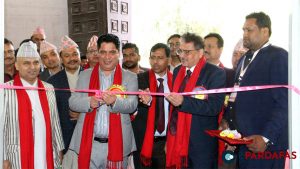

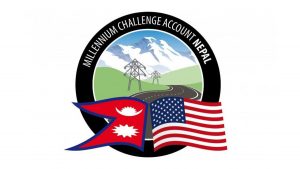
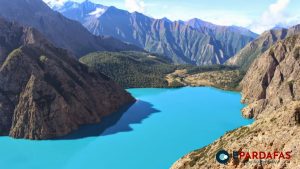

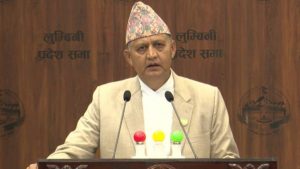






Comments